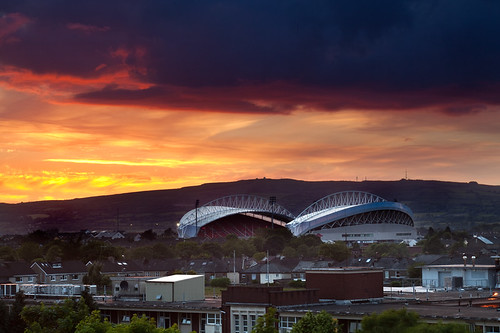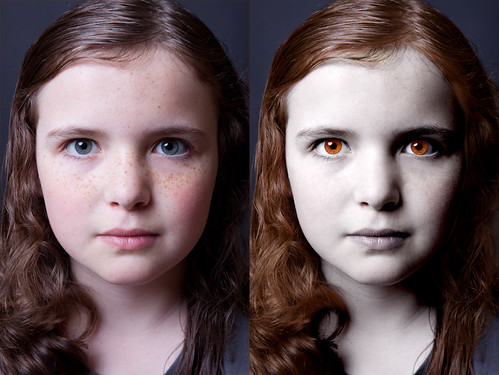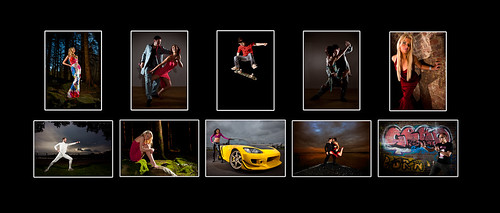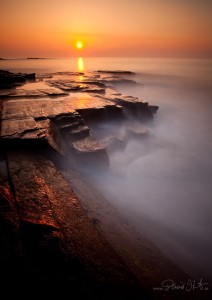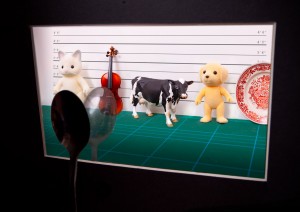I just embarked on an project to make backing up photos easier, and decided I wanted to get myself set up with a RAID array.
I just embarked on an project to make backing up photos easier, and decided I wanted to get myself set up with a RAID array. This would allow me to copy my photos once to the array, and it would then automatically create a mirror of each file on the disks, so I’d be backing up twice without even thinking about it.
I’ve known about RAID (Redundant Array of Independent Disks) for quite a while now, and also use them at work, but those types start at $15,000, and go up from there. I’m on a much more modest budget, and even the €350 upwards models on the internet seemed a bit steep, so I decided to build my own. Initially, I thought I’d use a motherboard with built-in RAID, or get a RAID controller for the PC, then stick in a few disks. After researching a bit, I found that RAID controllers can be got for as little as $30 on E–Bay, but there’s limitations in the size of disk you can use with the older ones, and the more recent ones cost a good bit more, maybe $70 upwards to $600 for the top-of-the-range cards.
Being even stingier than that, I then looked at the motherboards I had lying around the house. My desktop was full, the kids PC had RAID on the motherboard, but it’s reputation when it comes to RAID was awful. I then checked my media centre PC, and sure enough, there were 4 SATA connectors, and 2 IDE connectors. Enough for 8 drives. But the motherboard didnt seem to have any hardware RAID. So, if it wasnt there, could I do it in software? Seeing as it’s already got Linux (Ubuntu), I looked up software raid solutions for linux, and there it was in the form of ‘mdadm’. This magical command allows setting up of all types of RAID arrays with a few quick commands. To test this out, I salvaged a couple of old 80Gig SATA drives from my garage, and stuck them in the box. An hour later, I had a new 80Gig volume mounted in the linux box, and accessible over the network via Samba. The two drives were set up as a mirror, so I lose half the capacity of the combined drives, but it’s redundancy I want for this setup, not speed.
The next step is to replace the 80Gig drives with a few 1-2TB drives. Who know, I might even go the whole hog and use 3 or more drives in a RAID 4 or RAID 5 array. That should give me faster access, as well as the redundancy that is an essential part of this project.
Another thing is that I need to know when there’s a problem with the array. The array should still function when one of the drives fail, and will re-build the array when I replace that failed drive. But how do I know when a drive has failed? I don’t want to have to check it every week (or day). Well, there’s very handy feature of the Linux Software RAID solution that monitors the disks in the array and can be set up to automatically send an email when there’s a problem. Nice.
Once I actually get the drives, I’ll then have to upgrade the link between the desktop and the media centre PC upgraded to gigabit ethernet so I have nice fast access to the array. I’ll keep ye posted…
That’s it for now.
Cheers,
Dave.
Refs:
RAID – http://en.wikipedia.org/wiki/RAID
More RAID – https://www.cloudwards.net/what-is-raid
mdadm – http://en.wikipedia.org/wiki/Mdadm
